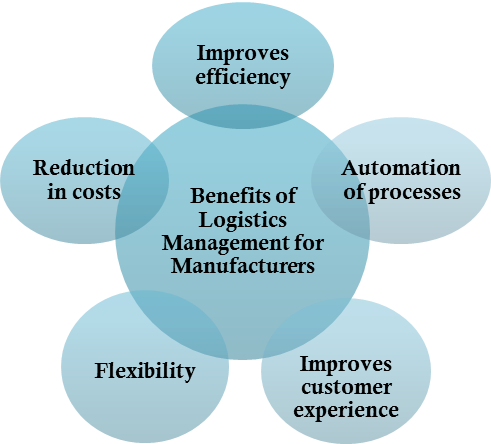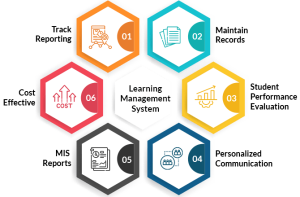The Influence of Technology on Contemporary Logistics Management

The Influence of Technology on Contemporary Logistics Management
By Abbah Christy
Technology plays a significant role in logistics management by supplying tools and systems that improve efficiency, optimize processes, lower expenses, and enhance customer service throughout the supply chain. Essential technologies include AI and machine learning, IoT devices, cloud computing, blockchain, and automation, which offer advantages such as real-time data visibility, automated decision-making, faster deliveries, superior inventory management, and enhanced transparency. This technological integration permits more agile, responsive, and competitive logistics operations in an ever-evolving global marketplace.
How Technology Improves Logistics Operations
Artificial Intelligence (AI) and Machine Learning:
These technologies are employed for predictive analytics, demand forecasting, route optimization, and spotting inefficiencies, which ultimately leads to improved inventory management and better resource allocation.
Internet of Things (IoT):
Connected devices and sensors deliver real-time information about the location and condition of products, providing enhanced visibility, proactive problem resolution, and improved control over the supply chain.
Data Analytics:
The capacity to gather and evaluate large volumes of data allows companies to refine supply chain processes, enhance forecasting accuracy, and pinpoint areas needing improvement.
Blockchain:
This technology provides a secure, transparent, and decentralized framework for monitoring goods and transactions, reducing fraud, enhancing audit trails, and fostering trust among supply chain partners.
Advantages of Technology Integration in Logistics
Increased Efficiency and Productivity:
Automation and streamlined processes minimize manual labor and expedite operations.
Enhanced Visibility and Oversight:
Real-time data from IoT and cloud systems allows for improved monitoring of the complete supply chain.
Improved Customer Experience:
Speedier delivery, greater accuracy, and improved communication regarding shipment status enhance the overall customer experience.
Competitive Edge:
Organizations that embrace these technologies gain a distinct advantage in a fiercely competitive global market.









